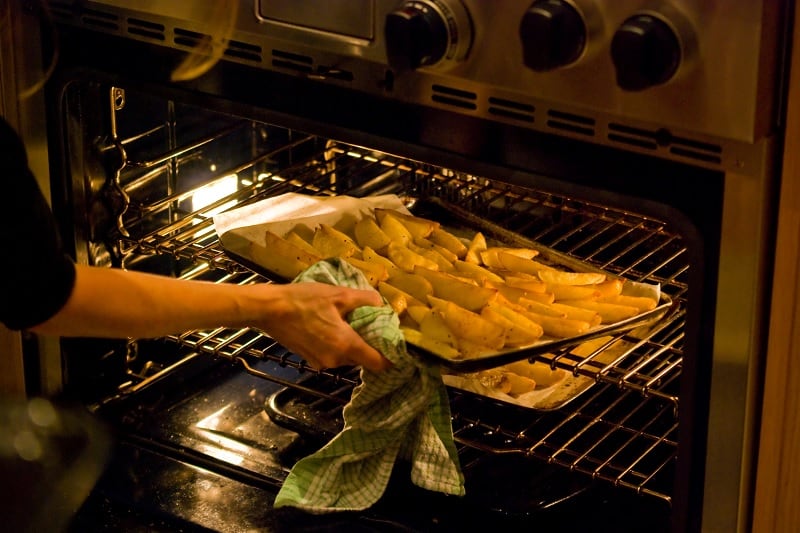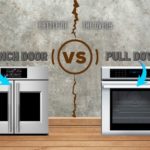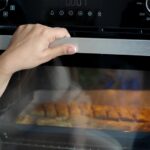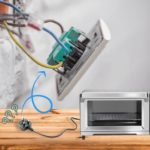Researching ovens nowadays can get confusing. With all the new technology in ovens, it can be tricky to find the perfect one for your kitchen.
Do you go induction, gas or electric? Do you get a self-cleaning oven or not? What is an assisted cleaning oven?
Well, this article can’t help you choose between induction, gas or electric (we have other oven articles that can, though), but it can help with figuring out what an assisted cleaning oven is and whether it’s the right oven for your home. So, let’s find out what a self-cleaning oven is, shall we?
What Is an Assisted Cleaning Oven?
An assisted cleaning or self-cleaning oven is designed to make the once-dreaded chore of cleaning the oven a lot easier.
There are different types of self-cleaning ovens on the market (more on these in a moment). However, the idea is the same. You can use the self-clean function on these ovens to get rid of food waste and spills quickly.
With an assisted cleaning oven, even if there is really tough burnt-on food on the walls of your oven, you can promptly remove it at the press of a button.
At the moment, self-cleaning ovens can have catalytic liners or pyrolytic liners. What are the differences between these liners you may ask? Let’s find out.
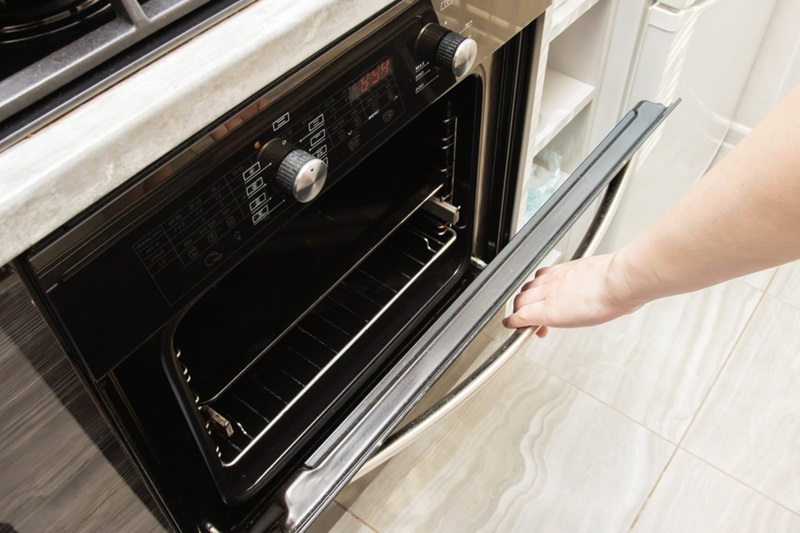
What Is the Difference Between Pyrolytic and Catalytic Ovens?
Catalytic ovens
Catalytic ovens have a liner that absorbs grease and food waste. They are still made from enamel, like most oven liners, but they are designed to absorb the food waste rather than letting it build up on the surface.
When the liners are full (every month or so), you’ll need to do a cleaning cycle. This cleaning cycle is done at 200 degrees Celsius or above. It can take about an hour.
Once the catalytic cleaning cycle is complete, the grease and food waste will be ash on the oven floor that you can easily sweep away.
Pyrolytic ovens
Pyrolytic ovens do not absorb the food and grease. Instead, pyrolytic liners work by catching mess and later burning it at 500 degrees in an hours-long cleaning cycle.
So, the idea is the same. The liner keeps the food at bay and then burns it to ash.
The differences between catalytic and pyrolytic liners is pretty telling from the info above. With a catalytic oven, you are not using as much energy to burn off the food because the cycle isn’t too long, and the temperatures of the oven aren’t too high.
With a pyrolytic liner, the temperatures of the oven rise way above normal cooking temperatures and have to sit at that temperature for a lot longer too.
Do catalytic oven liners work?
Yes, they do. Catalytic liners work great. They are a straightforward idea and absorb grease and food waste very effectively.
Also, because of the lower temperatures that the cleaning cycle works at, you could actually cook with your oven while it is cleaning.
Of course, the smell of burnt grease may prevent you from doing this, but the option is there!
Catalytic liners in ovens work fantastically well. In fact, they actually keep your oven looking lovely even when it is dirty.
Because the lining absorbs the waste, your oven still looks lovely and clean. So, for ease, energy efficiency and style points, catalytic liners are fantastic!
Which is better, easy-clean enamel or catalytic liners?
This is a question about oven liners that is bought up on a lot of oven blogs and forums. However, the answer really is: whichever you prefer.
An easy-clean enamel liner will work very well for you if you have the time to keep your oven clean. If you don’t, the food will burn on and still be a challenge to get off.
If you don’t have much time to clean your oven and want one of the most efficient ways of keeping your oven clean, catalytic liners are fantastic.
Remember, catalytic liners are just fancier versions of enamel liners. Catalytic liners are still made from enamel, they just have an extra function to help you keep your oven cleaner.
Are self-cleaning ovens worth it?
Self-cleaning ovens are amazing and we think they are worth the extra cost, especially if you hate manually cleaning the oven. Catalytic ovens certainly seem to be the self-cleaning oven of choice for most modern kitchens though.
They provide a lovely balance with cleaning, energy and time. A catalytic liner will offer you a fantastic clean of your oven without costing you the earth.
These types of ovens also last years as they aren’t reaching massively high temperatures to burn off the food.
If you are considering a self-cleaning oven, catalytic ovens are the oven of choice for most. While pyrolytic ovens are good, they aren’t as energy efficient as catalytic ones.
However, the right self-cleaning oven for your home is really personal preference. We hope this look at self-cleaning ovens has been helpful.
See our list of the best self-cleaning ovens in the UK if you need help choosing one. Happy cooking!

Scott is a writer and a passionate home chef. His passion for cooking began when he was 10 years old. Scott has been writing professionally for over five years now and loves to combine his passion for cooking with his day job.

